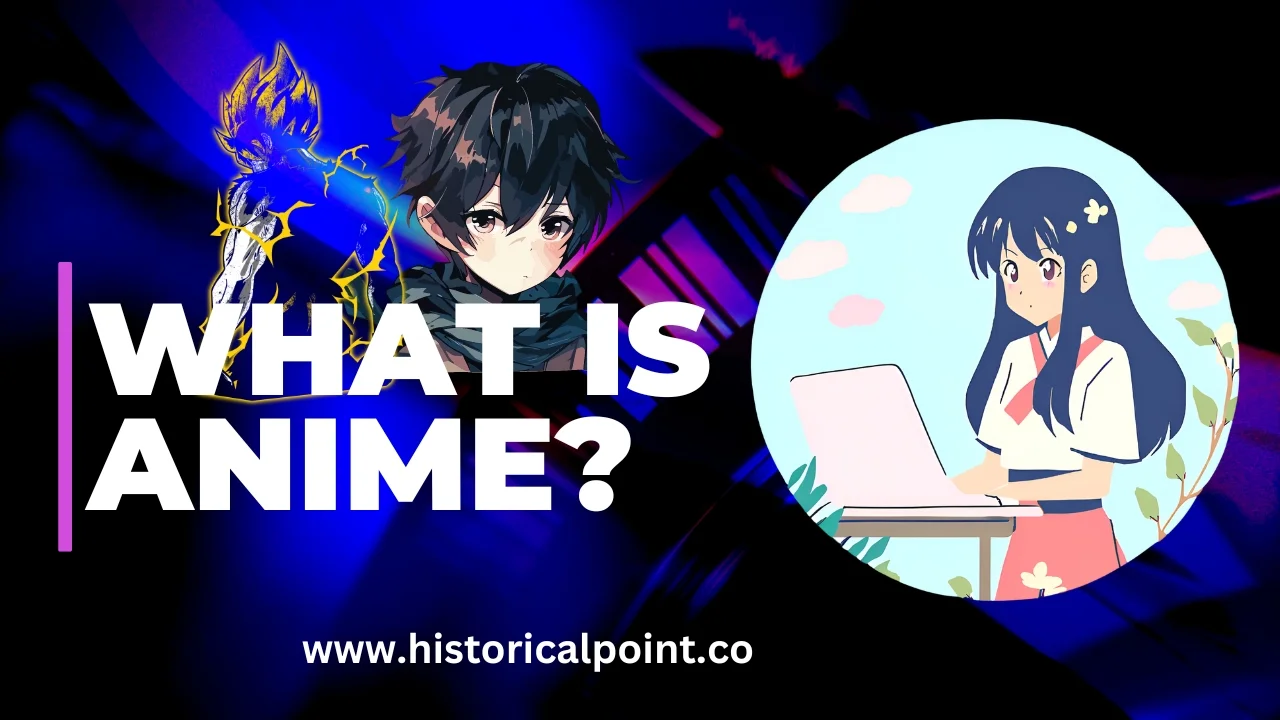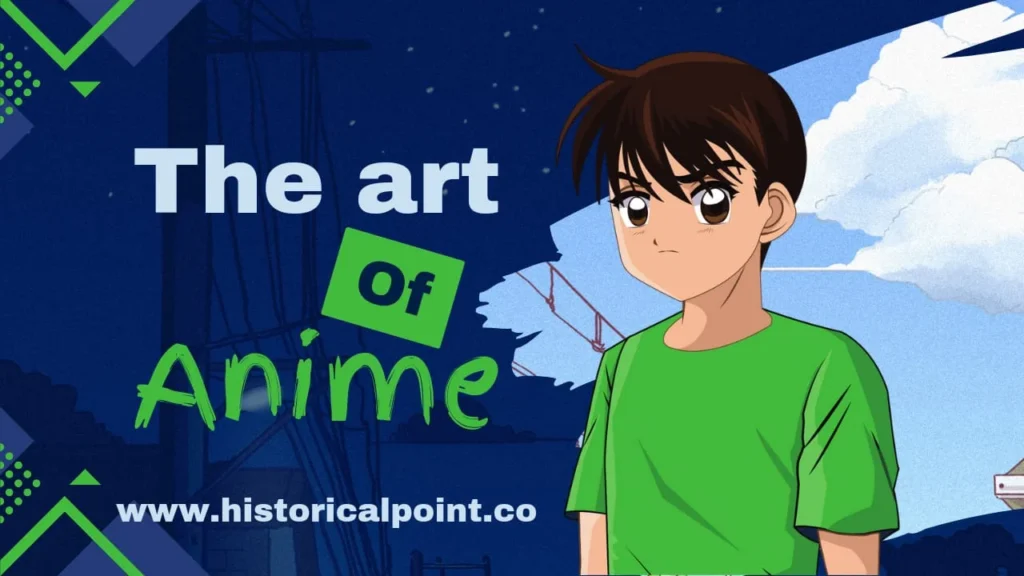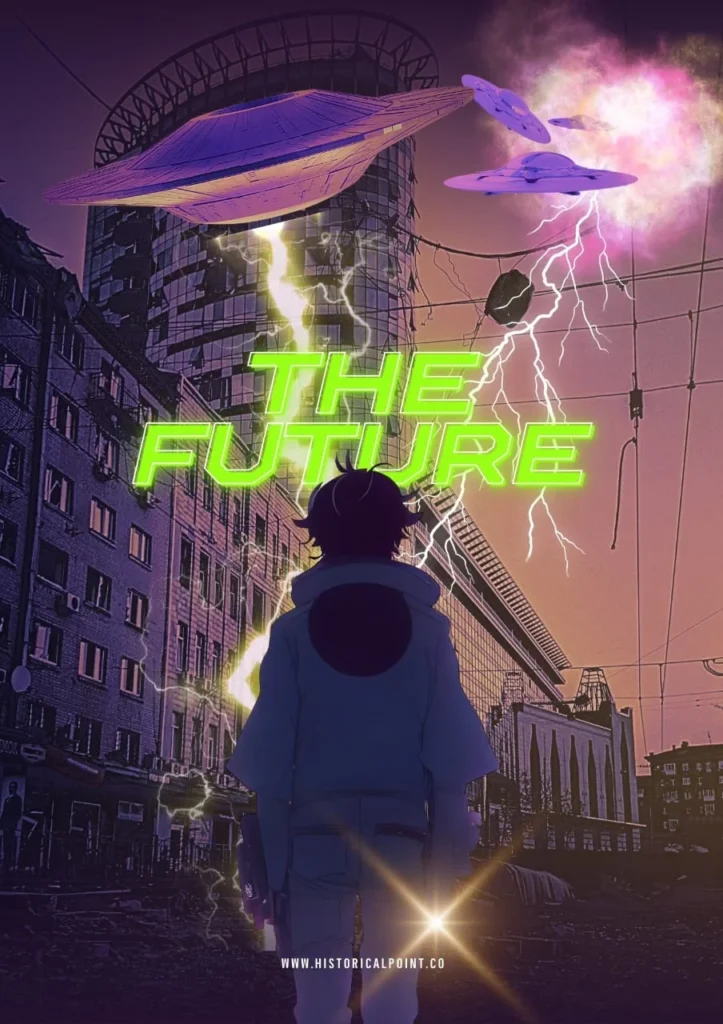
A Journey into Japanese Animation
Anime, the term used for Japanese animated television shows and films, has become a global phenomenon. Furthermore, its unique art style, compelling stories, and rich cultural roots have captivated audiences of all ages. In this blog, we’ll explore what anime is, trace its history, delve into popular genres, and examine its profound impact on global culture.
What is Anime?
Anime refers to a style of animation that originated in Japan. It encompasses a wide range of genres and appeals to various age groups. In contrast to Western cartoons, which are often aimed at children, anime caters to audiences of all ages, from kids and teenagers to adults. Moreover, the term “anime” itself derives from the English word “animation.”
Click here to read about Digital Content Creation.
A Brief History:
Early Beginnings
The history of anime dates back to the early 20th century. In the 1910s and 1920s, Japanese filmmakers began experimenting with animation techniques. The earliest surviving Japanese animated film is “Namakura Gatana” (The Dull Sword), created in 1917 by Jun’ichi Kōuchi. These early works were short and rudimentary but laid the foundation for the future.
The Post-War Boom
After World War II, Japan experienced a cultural renaissance, and the anime industry began to flourish. One of the most significant figures in anime history is Osamu Tezuka, often called the “God of Manga.” In the 1960s, he created “Astro Boy,” which became one of the first anime series to gain widespread popularity.
The Golden Age
The 1980s and 1990s are often referred to as the golden age. During this period, many iconic series and films were produced, such as “Dragon Ball,” “Akira,” “Sailor Moon,” and “Neon Genesis Evangelion.” These works not only became popular in Japan but also started to gain a following internationally.
Click here to read the History of Ertugrul Ghazi.
Popular Genres
Anime encompasses a wide range of genres, each with its own unique characteristics and appeal. Here are some of the most popular genres:
Shonen
Shonen anime is targeted primarily at young boys. It often features action-packed stories with male protagonists who undergo significant character development. Popular examples include “Naruto,” “One Piece,” and “My Hero Academia.”
Shojo
Shojo anime is aimed at young girls and typically focuses on romance, relationships, and emotional growth. Some well-known shojo series are “Sailor Moon,” “Cardcaptor Sakura,” and “Fruits Basket.”
Seinen
Seinen anime is geared towards adult men and often contains more mature themes, complex characters, and intricate plots. Notable seinen series include “Berserk,” “Tokyo Ghoul,” and “Ghost in the Shell.”
Josei
Josei anime is targeted at adult women and usually explores romantic and slice-of-life stories with a more realistic approach. Examples of josei are “Nana,” “Honey and Clover,” and “Paradise Kiss.”
Mecha
Mecha anime revolves around giant robots, often piloted by humans. This genre combines science fiction elements with action and drama. Classic mecha series include “Mobile Suit Gundam,” “Evangelion,” and “Code Geass.”
Isekai
Isekai, meaning “another world,” involves characters being transported to or reborn in a different world. This genre has gained immense popularity in recent years. Some popular isekai series are “Sword Art Online,” “Re,” and “No Game No Life.”
The Art of Anime
One of the most distinctive features is its unique art style. Anime characters often have large, expressive eyes, vibrant hair colors, and exaggerated facial expressions. The backgrounds and settings in anime can range from highly detailed and realistic to abstract and fantastical.

Character Design
Character design is a crucial aspect of it. The characters’ appearances, personalities, and outfits are carefully crafted to make them memorable and relatable. Each character’s design often reflects their role in the story and their personal traits.
Animation Techniques
Anime creators utilize a variety of animation techniques, ranging from traditional hand-drawn methods to digital animation. Moreover, many series and films combine both techniques to create visually stunning scenes. Additionally, dynamic camera angles, special effects, and meticulous attention to detail contribute to the overall aesthetic of anime.
The Cultural Impact
Anime has had a profound impact on global culture, influencing everything from fashion and music to film and literature.
Cosplay
Cosplay, short for “costume play,” is a popular activity where fans dress up as their favorite anime characters. Cosplayers often spend months creating intricate costumes and props to accurately portray their chosen characters. Cosplay has become a global phenomenon, with dedicated communities and events in many countries.
Influence on Western Media
Anime has significantly influenced Western media, inspiring many creators in the film, television, and video game industries. For example, shows like “Avatar: The Last Airbender” and movies like “The Matrix” have drawn heavily from anime aesthetics and storytelling techniques. Additionally, many Western studios collaborate with Japanese animators to create anime-inspired works.
The Future of Anime
As technology continues to advance, the anime industry is poised for even more growth and innovation. Streaming platforms like Netflix, Crunchyroll, and Funimation have made anime more accessible to international audiences, leading to a surge in popularity. New genres and hybrid forms of animation are also emerging, pushing the boundaries of what anime can achieve.

Virtual Reality and Augmented Reality
With the rise of virtual reality (VR) and augmented reality (AR) technologies, the future of anime will involve immersive experiences where viewers interact with their favorite characters and worlds. Moreover, developers are already creating VR and AR anime experiences, offering fans new ways to engage with the medium.
Global Collaborations
The anime industry is increasingly collaborating with international creators and studios. Consequently, these collaborations result in unique, cross-cultural works that blend different styles and storytelling techniques. As anime continues to grow in popularity worldwide, we can expect more exciting and innovative projects to emerge.
Conclusion
Anime is a rich and diverse medium that has captivated audiences around the world. Furthermore, its unique art style, compelling stories, and cultural impact have made it a beloved form of entertainment for people of all ages. Whether you’re a long-time fan or new to the world of anime, there’s always something new to discover and enjoy. Therefore, sit back, relax, and dive into the wonderful world of Japanese animation.




